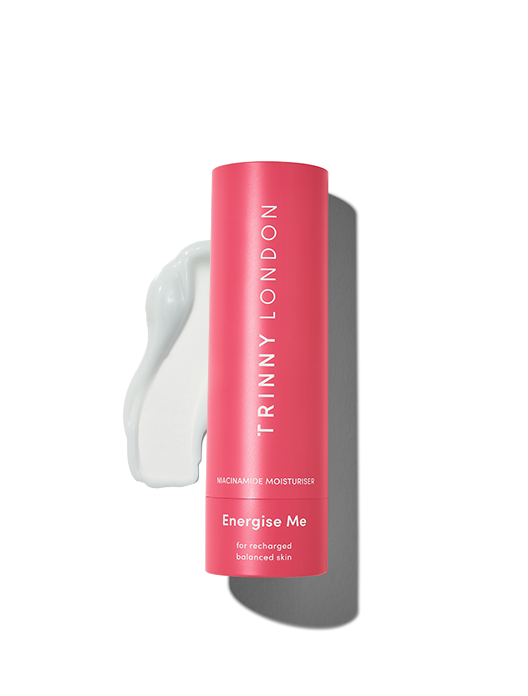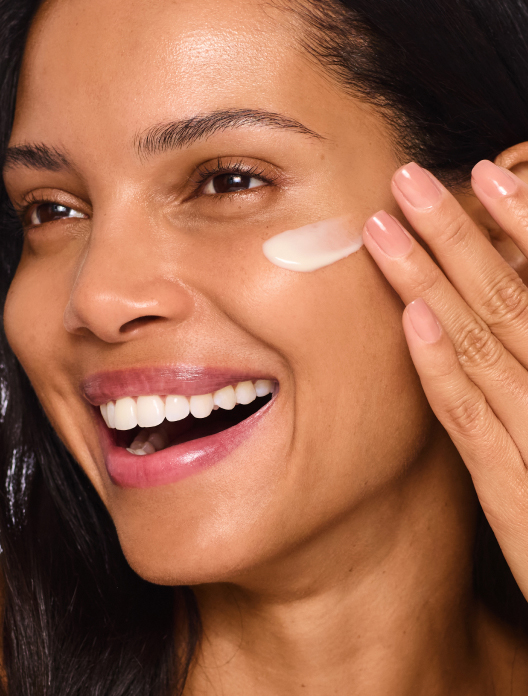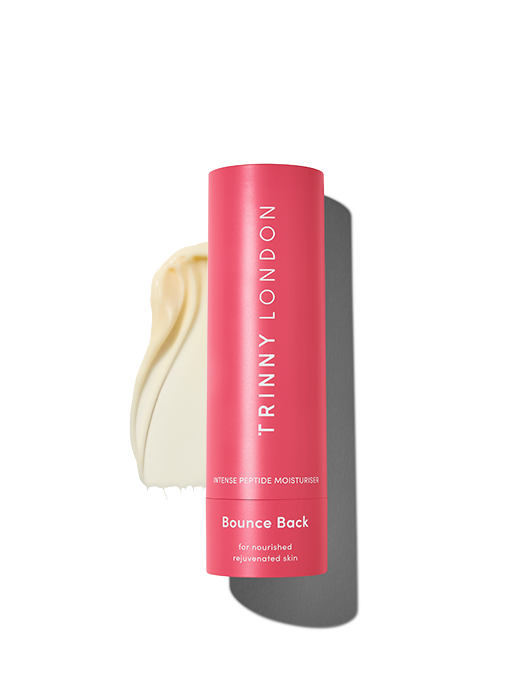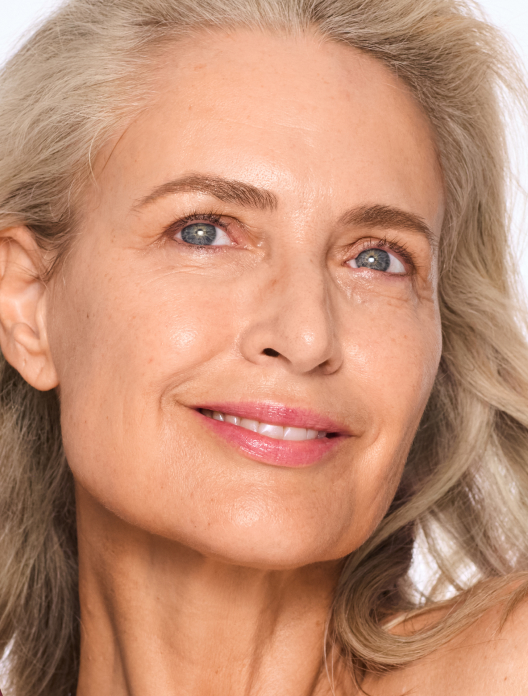

Energise Me
Niacinamide moisturiser for clear, energised skin, suitable for normal to oily skin
Get a free Effortless Glow gift set when you spend $200*

Our skin has a lot to contend with when flying, which is why many of us notice we arrive abroad with a complexion that looks duller and feels tighter than when we took off. There’s the stress of checking in, the sugary and salty snacks we tend to beeline for when travelling, and maybe even a celebratory gin and tonic from the service trolley, as well as the atmosphere within the plane itself.
“When we fly our skin becomes dehydrated, especially on long-haul flights,” explains Consultant Dermatologist Dr Justine Hextall. “Essentially the recycled air in the cabin is incredibly drying. This lack of moisture starts to affect our skin barrier and we see an increase in trans-epidermal water loss. Skin becomes dry and sometimes also irritated and inflamed, especially if there is a history of dermatitis.” Bodily dehydration can have an impact too, in addition to a lack of water in our skin. “When we fly the dry air that’s circulating dehydrates us when we breathe it in,” adds Dr Hextall. “As well as the direct loss of moisture from the skin.”
It is worth noting here that skin can be both oily and dehydrated all at once. This is especially true in warmer climates where we may be sweating more. Skin can, at first glance, appear oily (and therefore be mistaken as well hydrated) but also be experiencing more prominent fine lines and general feelings of discomfort – two common giveaways.
So, how can we make sure dry skin after flying isn’t inevitable? The key lies in the skincare used both before and during the flight.
“The most important step is to ensure skin is super hydrated before flying,” advises Dr Hextall. By ensuring your complexion is in a good place before taking off, you’ll minimise the impact of in-flight dehydration. “In the days leading up to your trip ensure you are using gentle, hydrating skincare and drinking plenty of water. Try to layer hydrating serums beneath moisturiser and remember to apply extra cream to your hands and feet.” These often forgotten, and in the case of your hands, often exposed and regularly washed areas, can be the first places to show signs of dehydration.
“On the day of the flight, apply extra moisturiser before leaving. If possible, take a small pot of rich moisturiser and a water spray in your hand luggage too.” Applying the water beneath the cream will allow you to trap the moisture in, sealing it in the skin. If you only apply the water, or a serum formulated with water-attracting humectants, like glycerin or hyaluronic acid, without topping with moisturiser, skin can actually become drier than before. This is with no external air to attract water from (cabin air is notoriously dry), the humectants will instead draw water from the deeper layers of your skin.
Finally, laying off in-flight alcohol will help with your skin’s appearance too. “Tempting as it is, try to avoid excessive alcohol consumption,” says Dr Hextall. “If you do have a glass of wine, match it with a large glass of water.”
Skin in need of some post-flight TLC? Rehydrating your skin after flying is easy when you know how.
“If there is any flaking after flying, an exfoliating peel may help to remove surface dead skin cells,” advises Dr Hextall. A liquid exfoliant will help to break down the bonds that hold these old, redundant cells to the surface, revealing the softer, fresher skin beneath. Alpha-hydroxy acids (AHAs) are a great choice for experienced acid users with all skin types, while beta-hydroxy acids (BHAs) are best suited to oilier skin. If you’re new to liquid exfoliants, or have sensitive skin, start with poly-hydroxy acids (PHAs).
Dry skin is naturally lacking in oil, which is different to dehydrated skin, which is lacking in water. However dryness can naturally lead to dehydration, as dry skin doesn’t have the necessary lipids to retain moisture. To tackle both issues at once, Dr Hextall recommends “key ingredients such as humectants to draw in moisture, as well as soothing fats and oils to mimic the ones we find in our skin, such as shea butter and ceramides.” This two-pronged approach will draw water into the skin, and make sure it stays there.
From our skin to our bodily processes, everything works better when we’re hydrated. We tend to feel better too, which can make a big difference in how we perceive our appearance. “Rehydrate with fluids such as water and anti-oxidant green teas,” suggests Dr Hextall. There’s no need to go overboard, but make sure you’re reaching your daily hydration goal of between six to eight glasses of water per day.
If you really want to go the extra mile with your holiday prep, you might be considering having a facial before you board. And, if your facial is incorporating things like massage and hydrating ingredients, this may help to prevent or minimise any flight-related puffiness or dehydration. However, if the facial is focusing on peels or exfoliation, this can make the skin more sensitive to sunlight, and will therefore increase the risk of sunburn or developing hyperpigmentation. If that’s the case, make sure you are wearing and regularly reapplying a high factor, broad-spectrum sunscreen to shield your skin – especially in the days that follow. Bear in mind too that if this is a facial you haven’t had before, you can’t be sure how your skin will react. To be on the safe side, always keep a distance between trying a facial for the first time and a big event or holiday.
Shop the article


Niacinamide moisturiser for clear, energised skin, suitable for normal to oily skin


Intense peptide moisturiser for plump, bouncy skin, suitable for normal to dry skin